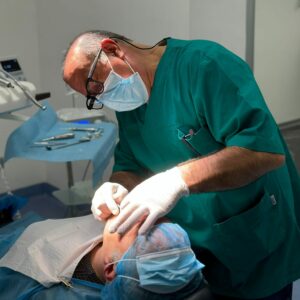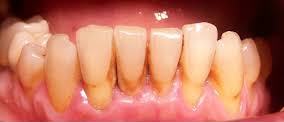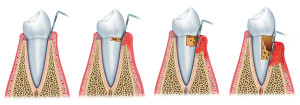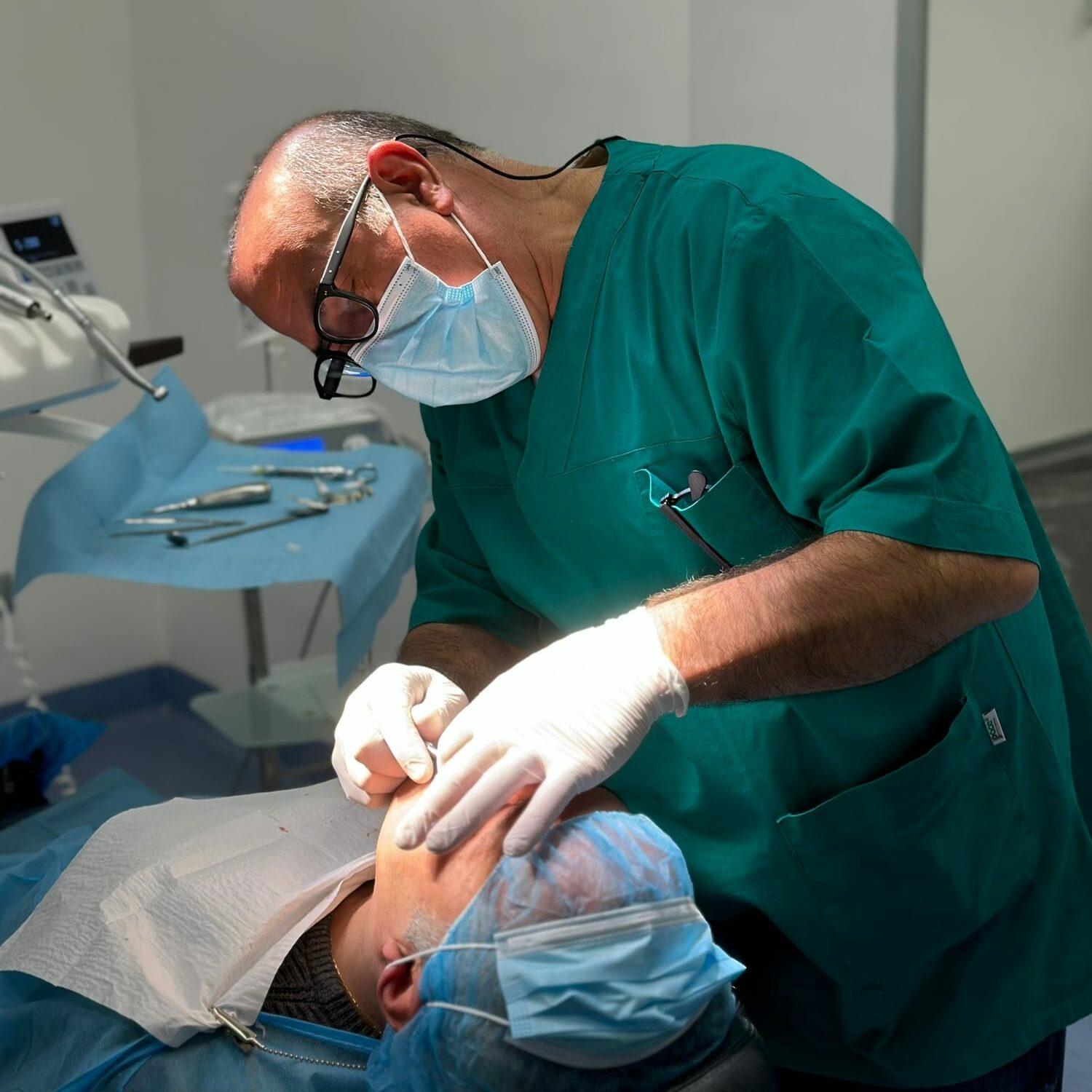Odontophobia is a state of more or less intense anxiety and fear that patients experience at the dentist. It is classified as a real disease by the World Health Organization, according to whose estimates, about 15/20% of the population would suffer from it.
The incorrect use of drugs to avoid sitting in the chair
The fear of the dentist can manifest itself in the patient even before sitting in the chair and can already appear at the thought of scheduling an appointment, with the unpleasant consequence of postponing necessary treatment.
In many cases this avoidance leads patients to prefer the use of drugs (such as antibiotics or painkillers) to remedy dental pain or discomfort.
This is why it is very important that the dentist is able to recognize this state of mind and is able to manage it adequately, to help patients undertake or continue treatments that are essential for health.
The origin of fear for the dentist can be of various nature (sometimes it is linked to unpleasant experiences in the dental chair) and could also be linked to the type of tools used during treatment. Just think of the drill and its noise, needles for anesthesia, etc.
In particular, it must be kept in mind that the patient is alert during the phases of dental treatment and observes these instruments and everything that happens around him.
Extractions and oral surgery under local anesthesia appear to be statistically the heaviest intervention procedures for the patient.
Recognize the patient’s moods to choose the right approach
So how can the armchair experience be made less tiring? An Italian study from 2019 investigated and analyzed the topic, with interesting ideas.
Surely the approach of the dentist and assistants is very important: empathy and understanding help the patient. When the odontophobia is serious, however, it is possible to resort to conscious and deep sedation (depending on the case) or to that with nitrous oxide.
To understand the degree of odontophobia and therefore establish which is the most suitable technique to manage the fear of the dentist, a cognitive test can be used to be completed by the patient in the waiting room. The most widespread and used is the Dental Anxiety Scale (DAS), developed by Dr. Korah.
The test identifies three classes of dental phobia:
- mild odontophobia (also called “dental anxiety”, the most common among the population);
- moderate odontophobia (also called “dental fear”);
- severe odontophobia (the real “dental phobia”, rarer and more difficult to manage).
Clearly, in cases of moderate/severe odontophobia, the techniques of empathetic and accommodating approach will not be sufficient and it may be necessary to use the support of anxiolysis and sedation.
Psychological support for patients
The novelty introduced by the study concerns the possibility of real psychological support for patients with moderate and severe odontophobia. The dentist could, therefore, advise these patients to undertake a course of psychotherapy.
Therapy with a psychologist can allow the patient to recognize his phobia and to understand how to overcome this obstacle in order to improve the approach to treatment in the armchair in the future.
















